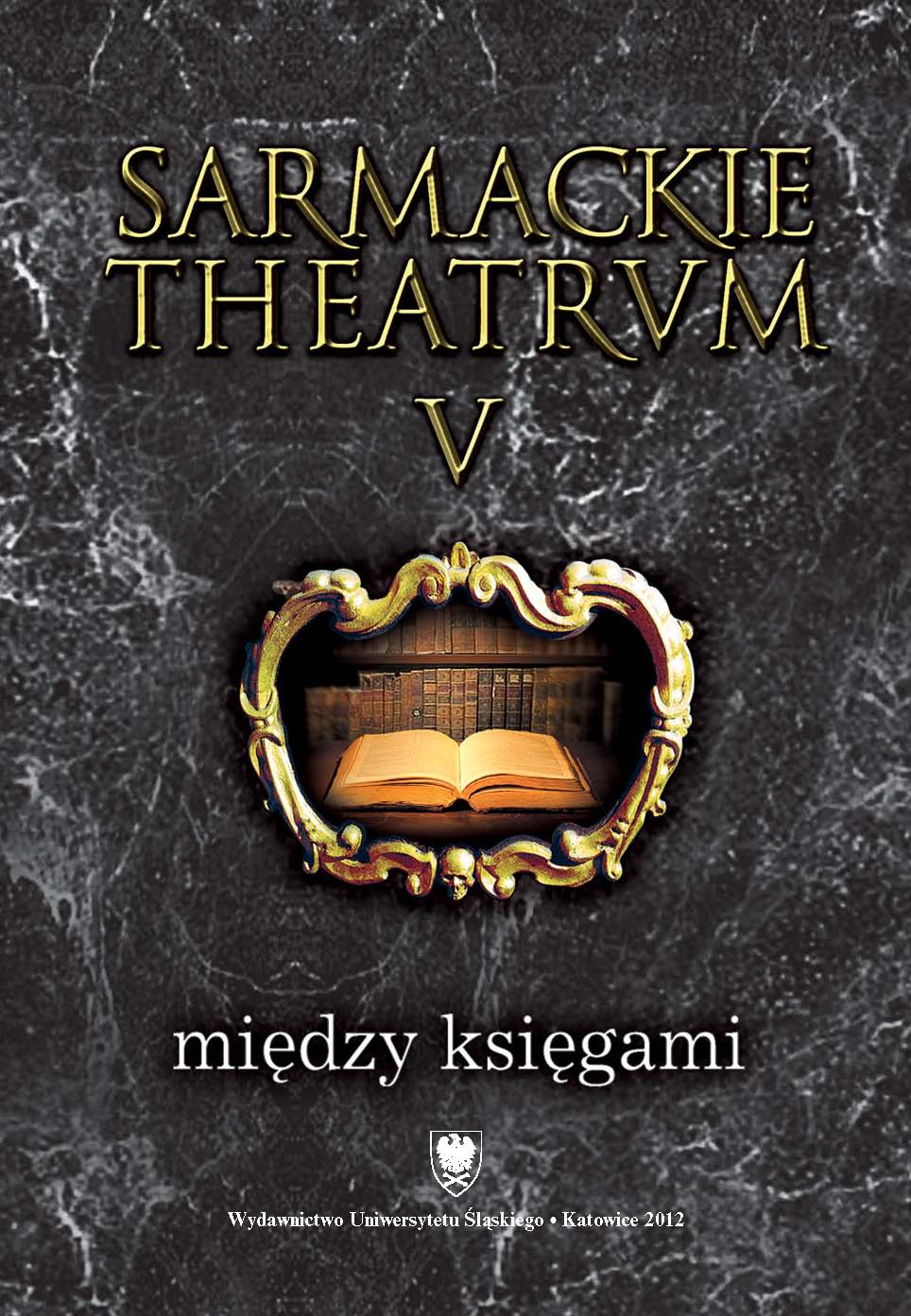Martin Borrhaus — jak czytano klasyków w renesansie
Martin Borrhaus — how the classics were read in the Renaissance
Author(s): Jakub Z. Lichański
Subject(s): Language and Literature Studies
Published by: Wydawnictwo Uniwersytetu Śląskiego
Summary/Abstract: The aim of the article is to show how the classics were read on the example of an edition ofRhetoric by Aristotle translated by Hermolao Barbaro (1453/1454—1493), commented upon byMartin Borrhaus (or Cellarius) (1499—1564). This particular work belongs to the valuable onesbecause of the very comments. According to the researcher, the comments in older editions are theevidence of the Deception of the classics and that is why they should be paid a special attentionto. In conclusion, a hypothesis was formulated that there is a very significant difference betweenreading the classics, e.g. Rhetoric by Aristotle, today and e.g. in the mid-16th century. It does notconcern the text of the treatise, but its form: a bilingual text of the treatise and comments on onepage (as in a hypertext to some extent), and, most importantly, comments offering not philologicalsimilia, not the analysis of text genres, but a path leading to text understanding. The commentatordoes not give a finished and unambiguous interpretation, but show how to understand difficult partsof the text and what they mean. The very edition demands reader’s activeness and attention. It isa difficult path, at the end of which one can only hope that the intricacies of the Greek and Latintexts were finally understood.Hence, one can definitely state that Martin Borrhaus’s work show how to deal with a classic textin order to obtain the biggest benefits. Modern tools can only make this contact easier. However, itis only us that the benefit of this meeting depends on.
Book: Sarmackie theatrum. T. 5: Między księgami
- Page Range: 181-196
- Page Count: 16
- Publication Year: 2012
- Language: Polish
- Content File-PDF

